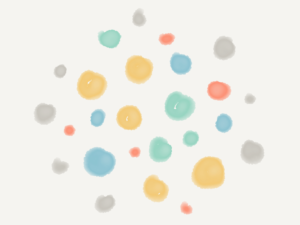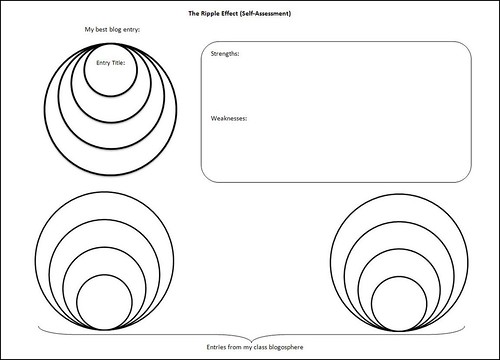(Note: This is a resurrected draft from 2009. The language I used in the draft I now know is wrong… a particular term. So I am trying a new term: clown. Please read this in the voice of Nancy White of 20098. And know I still have a challenge describing both what I used to do, and figuring out what I’m going to do next…)
This morning I had coffee with two people I met online. I’m always struggling to describe what I do. At one moment today I started to say I was an clown savant around online stuff. But really, I’m more on the clown side than the savant. And proud of it.
You see, I think every village needs its clownt. The person who will ask the dumb question out loud, who will utter something half baked, who is not afraid to fall flat on their face, with enough sense of humor to get up again. Better yet, if they can get up with grace. I aspire to that grace.
Remember, the village clown has permission to say the emperor has no clothes, that the sky is falling or that the strawberries are ripe, right as they have the juice dripping down their chin. The clown is not just for amusement or entertainment, but for sensing things, for voicing the unspoken and trying out the slightly outrageous. They have permission because they are, well, idiots. They can be loved and forgiven, tolerated and cared for.
What a delightful role. I think I have found my niche. Now, however, I have to define what village means when one lives a life both online and offline. Hmmmm…..

 In 1968 my dad made friends at work with a man from Czechoslovakia. It turns out Jan and his wife Kveta had escaped their country on the eve of the Soviet take-over, leaving everything behind. Our family became friends with them and one day they asked me if I would like a pen-pal in Czechoslovakia. Always interested in other countries, I said yes.
In 1968 my dad made friends at work with a man from Czechoslovakia. It turns out Jan and his wife Kveta had escaped their country on the eve of the Soviet take-over, leaving everything behind. Our family became friends with them and one day they asked me if I would like a pen-pal in Czechoslovakia. Always interested in other countries, I said yes.
 From the draft posts I’m mining, I reread a fantastic 2008 post by Konrad Glogowski on his blog,
From the draft posts I’m mining, I reread a fantastic 2008 post by Konrad Glogowski on his blog, 